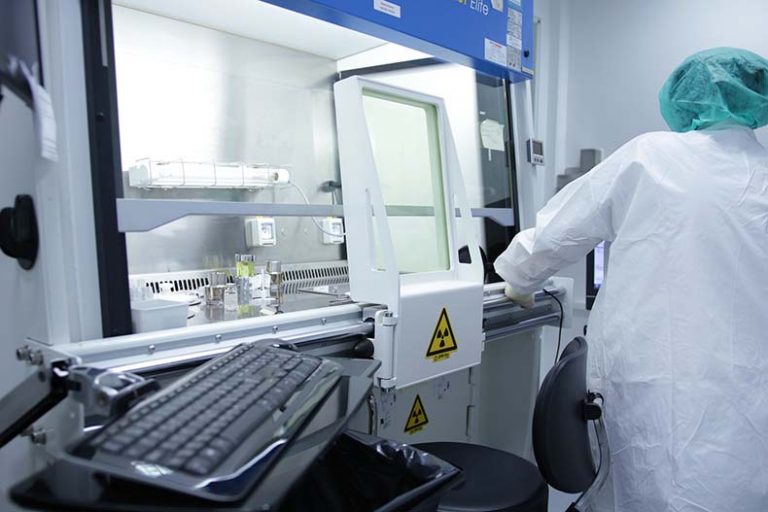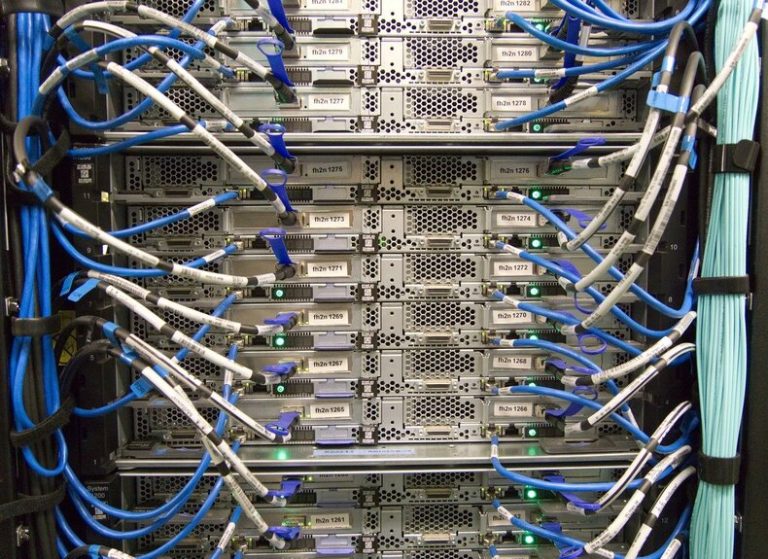How Digital Signatures Improve New Client On-boarding for Your Businesses
Over the years, the expectations of clients have significantly changed. No client wants to sit and wait around for ages for contracts to be drawn and signed. Clients want a prompt and efficient work process that will reduce the wait time in getting service delivery. The traditional paper system does not make allowance for this.
This is where highly secure and efficient paperless transactions come in. Going paperless means removing all hurdles that stand in the way of effective service delivery and clients’ onboarding. Digital signatures are the core component of this paperless transaction. So, how does it work to enhance client onboarding in an organization?
How Do Traditional Business Systems Onboard New Clients?
Before looking at how digital signatures can improve your new client onboarding, it is crucial to look at the traditional onboarding process. The traditional onboarding process involves a lot of complex planning and numerous paper stacks.
It is interesting to note that in this fast-paced business environment where business processes are being digitized, client onboarding remains stuck in the old system. This is more demonstrated in financial transactions, such as trading shares or opening a bank account. The paper-based system would require that clients fill out voluminous forms and sign.
In cases where they need references, they would be required to take the form away and find signatories. This is a process that can take weeks, especially if the references are not readily available physically. The whole process can be very frustrating.
The cost, in terms of actual monetary cost and time cost, to the organization is also a major factor to be considered in the scheme of things. Organizations have to invest in paper, printer ink, scanners, and filing. Not only do the costs add up pretty fast, but they are also extremely slow. The worst part is when human error shows up in the form of signature collection or form completion.
This could lead to a fresh start in the process. Now, this is a cumbersome process that no one ever enjoyed. The exciting thing is technology has removed all these hassles. You can simply upload documents online and draw signatures with Signature Generator without printing a single paper. How does this work? We will get into the details in a bit.
How Technology Has Changed the On-Boarding of Clients in a Business
As a solution to the long-drawn paper-based process, technology innovators, like Signature Generator, have championed a smooth and seamless process for completing forms and appending signatures. This has significantly improved the client on-boarding process and removed the herculean tasks of printing and scanning documents.
It has also improved the security of sensitive documents and businesses no longer have to leave documents lying around or filed where they can be easily accessed. This has removed the inefficiencies and ineffectiveness associated with a paper-based system in the new client onboarding process.
How Signature Generator Improves New Client On-Boarding Process
Rather than print stacks of paper and send them to the client to collate their information, a business can Rather than print stacks of paper and send them to the client to collate their information, a business can upload the same on the Signature Generator platform. The most popular eSignature tools for this include either DocuSign or Adobe Sign. From here, the onboarding manager can share the link with the clients.
Wherever the clients are, they can access the platform through the link and fill out the forms as well as append their signature digitally using the e-sign tool on the Signature Generator platform. The process of filling out the form and signing is pretty simple and it only takes a few steps:
· Visit the Signature Generator site through the link and the form would be open.
· Fill out the form carefully and when you are done, click on the e-sign tool, and the signature box will open.
· Draw, type, or upload your signature in the open box.
· When you are done creating your signature, drag the signature to space for signature on the document.
· Save the document and download it.
The onboarding manager can access the form from anywhere and take action on it. Any document uploaded and saved on the Signature Generator platform is safe and secure. It can only be accessed by stakeholders that have the access passcode.
Traditional Process versus Digital Straight-Through Process
To better understand the major differences between the traditional process and the digital process, it is important to compare both.
Traditional Onboarding Process
This requires the printing of forms and of course, wet-ink signatures. To complete the process, the onboarding manager must print the relevant forms and make copies for each signing party. Next, they must follow through the process of collecting wet-ink signatures from the stakeholder.
This is a process that can take weeks, especially in the case of multiple signatories that are not domiciled in the same location. This means the business must consider the cost of shipping or posting forms to signatories or schedule office time for an onsite signing process.
Next, the forms have to be returned to the on-boarding manager who then goes through each form to check for any errors. If any error is found, there is a high chance that the process would start all over again. The whole process is expensive, inconvenient, and slow.
Digital Straight-Through Onboarding Process
This requires that the onboarding manager pulls out the digital forms from the company’s database and uploads the documents to a digital signature platform for electronic signatures and sends the link to the signing parties. The signing parties can access the documents from anywhere and anytime on their internet-enabled devices.
They can complete the form and sign electronically using the e-sign tool. The manager gets notifications after each signature has been completed. He can then download the documents and use them as appropriate.
Conclusion
Digital signatures take the stress off the process of onboarding new clients. It is seamless and does not require the printing or scanning of any documents. It saves costs on printing, posting, or shipping as well as on filing and follow-ups.







